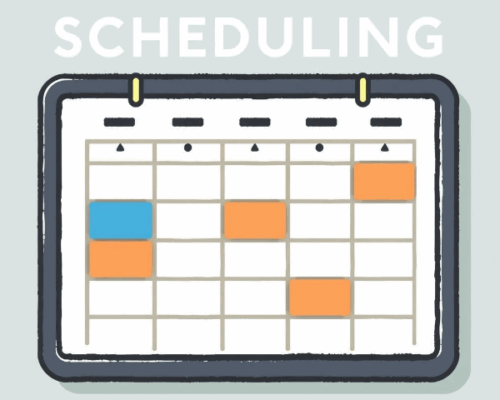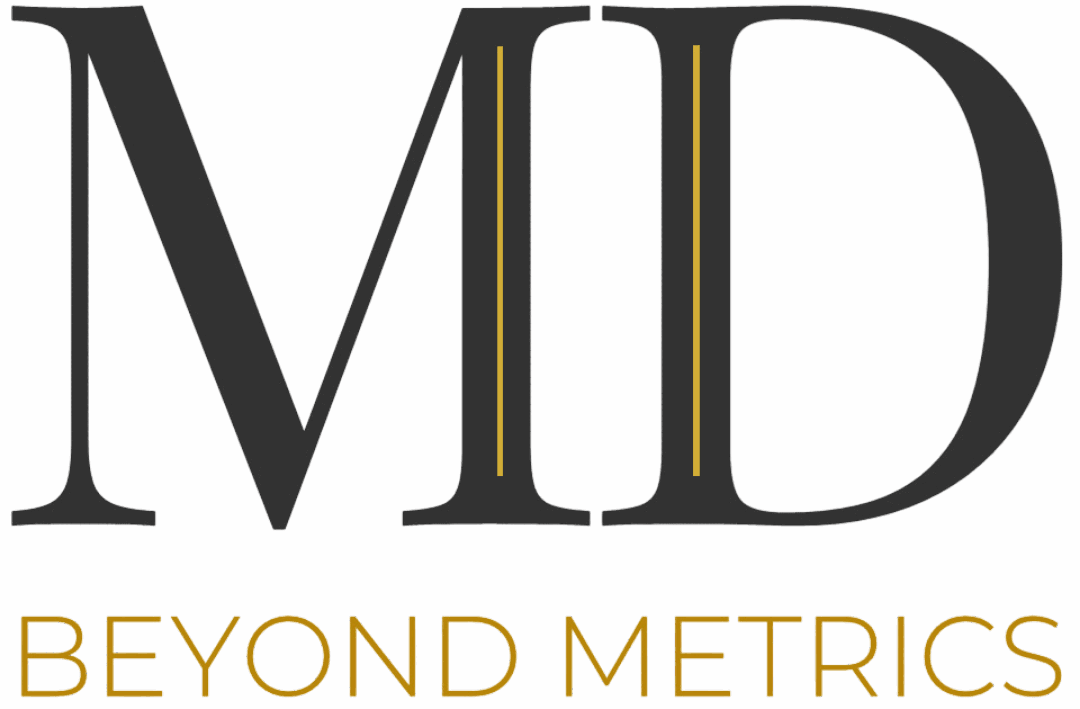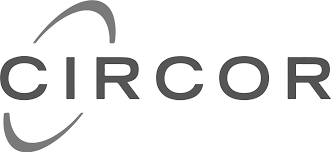If you’re tired of the back-and-forth emails trying to set up meetings or appointments, there’s a better way. A scheduling tool like Calendly can save you tons of time and energy, making it easier to coordinate with clients, customers or even your own team.

In this guide, we’re going to show you how to set up a free Calendly account, plus we’ll throw in some other options you can consider if Calendly isn’t for you.
The Importance of Scheduling Tools for Your Business
Scheduling tools are not just for big companies with tons of employees. They can be a game-changer for any size business, especially in the home service industry, where appointments need to be set quickly and efficiently. Whether you’re a contractor, plumber or an electrician, a simple tool like Calendly can drastically reduce the chaos.
People are using digital calendars more than ever, which is why it’s essential to have your appointments organized and easy to book.
Why Choose Calendly (and Why You Should Try It!)
Let’s start with the most popular option: Calendly. It’s free, easy to use and integrates well with other tools like Google Calendar and Zoom. With Calendly, you can set your availability, send clients a personalized booking link and let them choose a time that works best for them—no more endless back-and-forth emails!
Setting Up a Free Calendly Account
Setting up Calendly is super simple. Here’s how you can do it in just a few minutes:
- Sign Up for an Account: Visit calendly.com and click on the “Sign Up” button. You can either sign up with Google or use your email.
- Set Your Availability: After signing up, you’ll be prompted to set your work hours. You can specify your available times for appointments or meetings. If your schedule changes, you can update it on the fly.
- Create Event Types: Calendly allows you to set up different event types like 30-minute consultations, 1-hour meetings or longer sessions. You can even give each event a unique name and description.
- Customize Your Link: You’ll be given a personalized scheduling link, like calendly.com/yourname. This link can be shared with clients so they can book directly.
- Integrate with Your Calendar: Calendly integrates with most major calendar apps, so your availability will automatically sync. This prevents double-booking and ensures everything is on track.
Now you’re all set! You can start sharing your scheduling link with clients, prospects and team members. They’ll appreciate the ease of booking and you’ll be able to keep everything organized without stress.
Alternatives to Calendly for Free Scheduling Tools
While Calendly is a fantastic option, it’s not the only tool available. If you’re looking for alternatives, here are a few worth checking out:
1. Acuity Scheduling
Acuity offers a free plan that lets you manage appointments online. Similar to Calendly, you can set availability, send automatic reminders and customize your booking page. One perk of Acuity is its advanced features for businesses, like intake forms and client management tools.
2. SimplyBook.me
SimplyBook.me is another solid choice, with a generous free plan that includes up to 50 bookings per month. It offers lots of customization options, including branded booking pages and integration with payment gateways.
3. Setmore
If you need something with a little more flexibility, Setmore could be a great option. The free plan includes unlimited appointments, the ability to book via video and up to 4 users, making it ideal for small teams.
4. Zoho Bookings
Zoho Bookings is part of the popular Zoho suite and offers a free plan with features like custom branding and payment integration. It’s a great choice if you’re already using other Zoho tools for your business.
5. Microsoft Bookings
For businesses that already use Microsoft Office 365, Microsoft Bookings is a no-brainer. It’s fully integrated with Microsoft Teams and Outlook, so your scheduling is all in one place.
Best Practices for Using Your Scheduling Tool
Setting up your scheduling tool is only half the battle. You’ll want to ensure that your clients can easily access and use it. Here are some best practices to make the most of your new scheduling tool:
- Make it Easy to Find: Add your booking link to your website, email signature and social media profiles so clients can easily access it.
- Automate Reminders: Make sure your tool sends automatic reminders to reduce no-shows. This feature is usually built-in, but it’s important to double-check.
- Set Clear Boundaries: Use your tool to block off time for lunch breaks, personal time or off-hours. Let your clients know when you’re not available.
- Limit Appointment Types: Too many options can overwhelm clients. Stick to a few core appointment types and keep it simple.
How to Avoid Common Scheduling Pitfalls
While scheduling tools can be a lifesaver, there are a few things to keep in mind to avoid pitfalls:
- Don’t Overcomplicate Your Availability: Keep your schedule simple. Too many options or complicated rules can confuse clients.
- Set Clear Time Zones: If you’re working with clients across different time zones, make sure your tool displays the correct time zone for everyone. Many tools like Calendly automatically detect time zones, but double-check.
- Prevent Double Booking: Always sync your scheduling tool with your calendar to prevent appointments from overlapping.
In Conclusion: Here’s What You Need to Do
Setting up a free scheduling tool is a simple, effective way to save time, stay organized and look professional. Whether you go with Calendly or another tool, the key is to get started and make your appointments easier for both you and your clients.
Here’s your action item: Pick a scheduling tool, set up your availability and share the link with your clients. Keep testing and optimizing your setup to ensure it works smoothly for everyone!
That’s it. No more double-bookings, no more missed appointments. Just smooth scheduling from here on out!






























